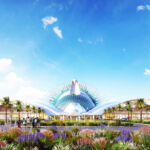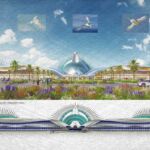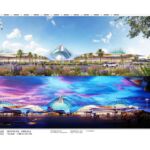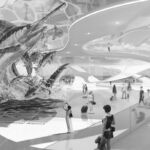L.F. Wade International Airport - Sustainable Design Innovation
Project's Summary
The L.F. Wade International Airport project, developed by DEMELLO & ASSOCIATES, stands as a beacon of innovative and sustainable architecture in Bermuda. This mixed-use facility is designed to optimize energy efficiency while providing a visually appealing environment that prioritizes safety and functionality. Central to this project is the Photovoltaic Crystallite Glass system, ingeniously utilizing tail and wing feathers to harness solar energy, transforming sunlight into electrical energy. Coupled with the Photovoltaic Architectural Concrete system, this design ensures the highest energy yield relative to investment, exemplifying an optimal constructive solution for modern aviation facilities.
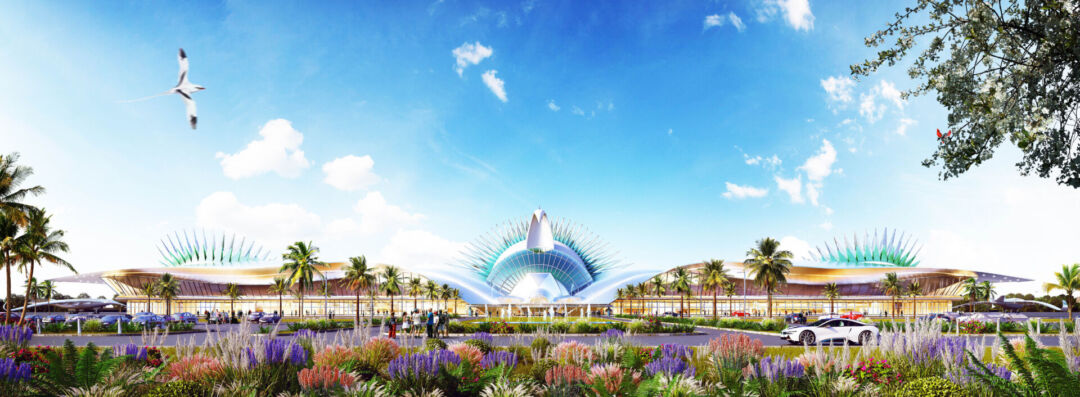
To create a healthy and productive atmosphere, the airport incorporates a state-of-the-art HVAC air filtering system, engineered to operate through an ecological air purifier. This system is designed to replicate nature's own air purification processes, promoting a user-friendly environment that is partially controlled for optimal comfort. The atrium level showcases a diverse array of foliage, including large trees and small shrubs, strategically placed in organic substrates, alongside aquatic pools that enhance the landscaping design and contribute to the overall air quality within the airport.
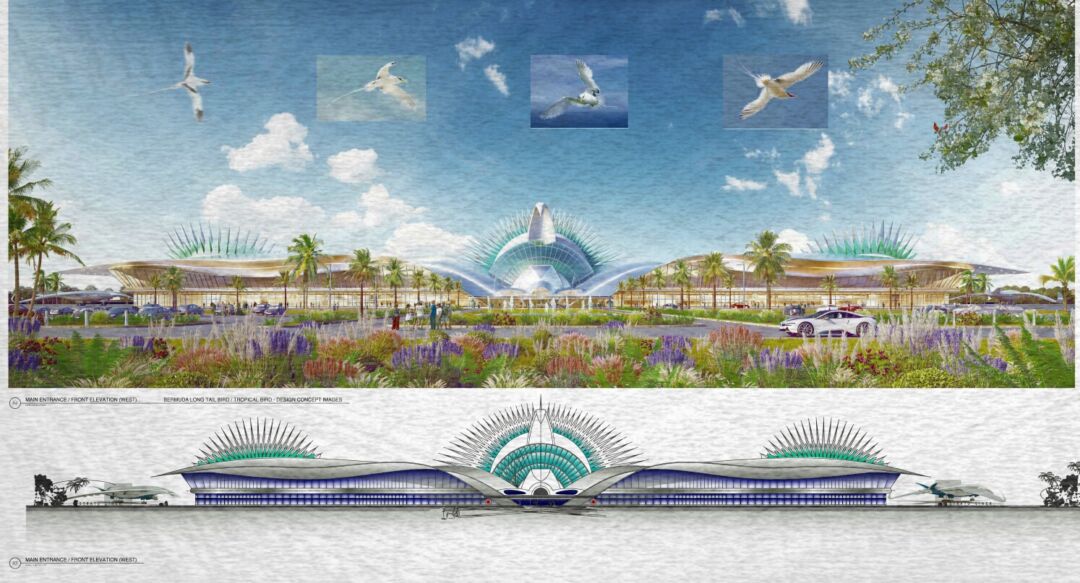
Strategically integrated capacious prism vaults throughout the airport allow for natural illumination, as sunlight reflects off wall surfaces to provide solar energy that supports plant growth and creates a controlled cool lighting experience for visitors and occupants alike. This thoughtful design is complemented by low voltage lighting systems, featuring 12-volt DC LED lighting and fiber optic cable lighting, which significantly reduce power consumption while enhancing the aesthetic qualities of the space.

The architectural design of the airport includes a sophisticated Photovoltaic Glass Curtain Wall system that not only captures solar energy but also effectively filters harmful UV and infrared rays. This system provides essential thermal and acoustical insulation while allowing for ample natural light to permeate the building. The combination of Photovoltaic Glass Panels and Photovoltaic Architectural Concrete ensures that this airport project achieves the highest energy yield relative to investment, making it entirely independent of the power grid. Facilities management is predominantly automated and computer-controlled, ensuring an environmentally friendly and user-centric operational model.
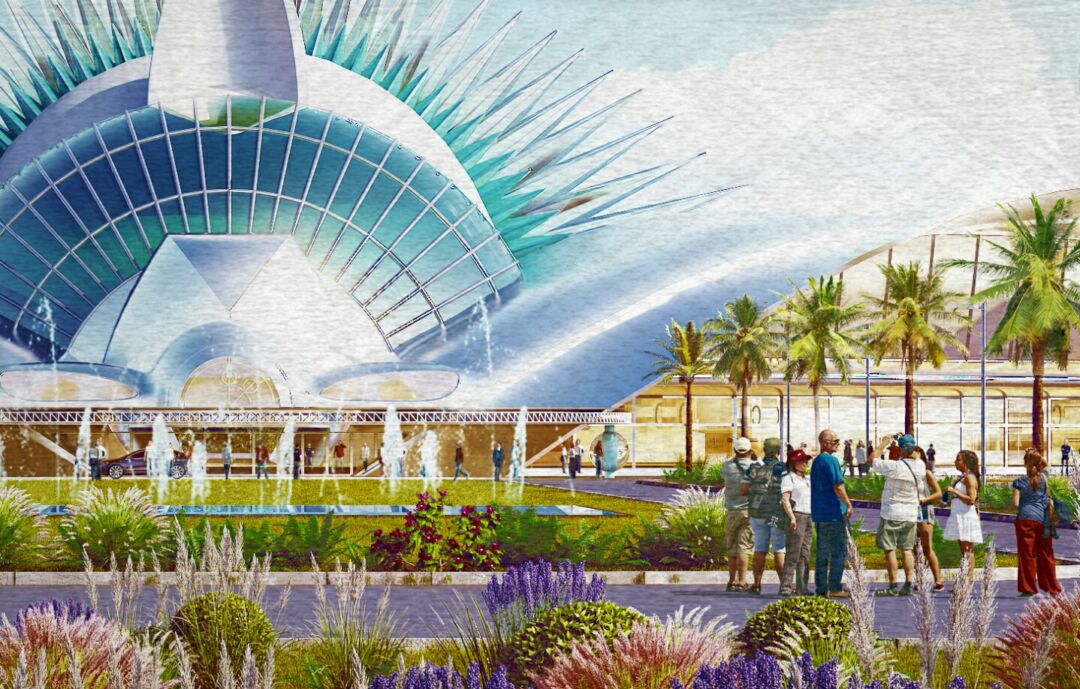
Further enhancing the airport's capabilities, Intelligent Building Systems (IBS) are employed to create a bioclimatic environment that minimizes conductive heat flow and optimizes energy management. These systems utilize advanced sensors to detect heat flow patterns, control ventilation, and regulate internal thermal storage, contributing to energy efficiency and occupant comfort. Backup power is provided by cogeneration units, which utilize bio-fuel technology to reduce reliance on hydrocarbons and lower carbon emissions. The tri-cycle power units leverage advanced thermodynamic cycles to generate electrical power while providing HVAC heating, effectively supporting the airport's operational needs. To facilitate smooth passenger movement, magnetic elevators, escalators, and walkways are incorporated, ensuring easy vertical and horizontal connectivity across all levels of the airport.
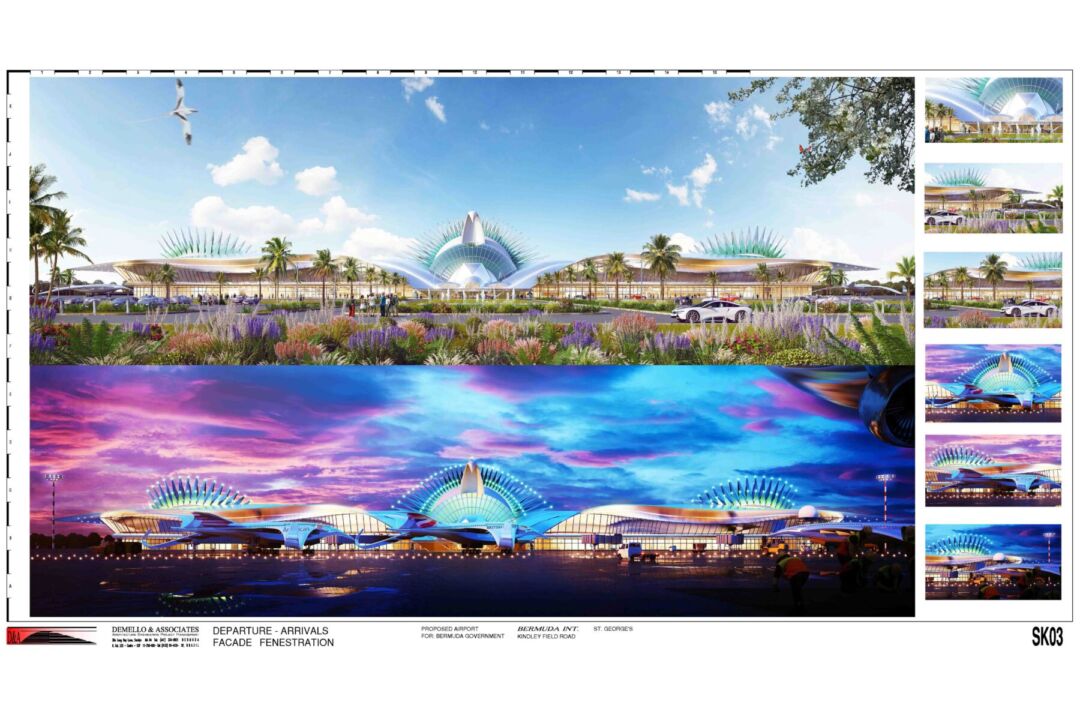
In summary, the L.F. Wade International Airport project is a hallmark of sustainable design, merging innovative technologies with aesthetically pleasing architecture. With its focus on energy efficiency, air purification, and user-friendly systems, this airport sets a new standard for environmentally conscious infrastructure in the aviation sector.
Read also about the Grand Hyatt Kuala Lumpur - Luxury Mixed-Use Development project
